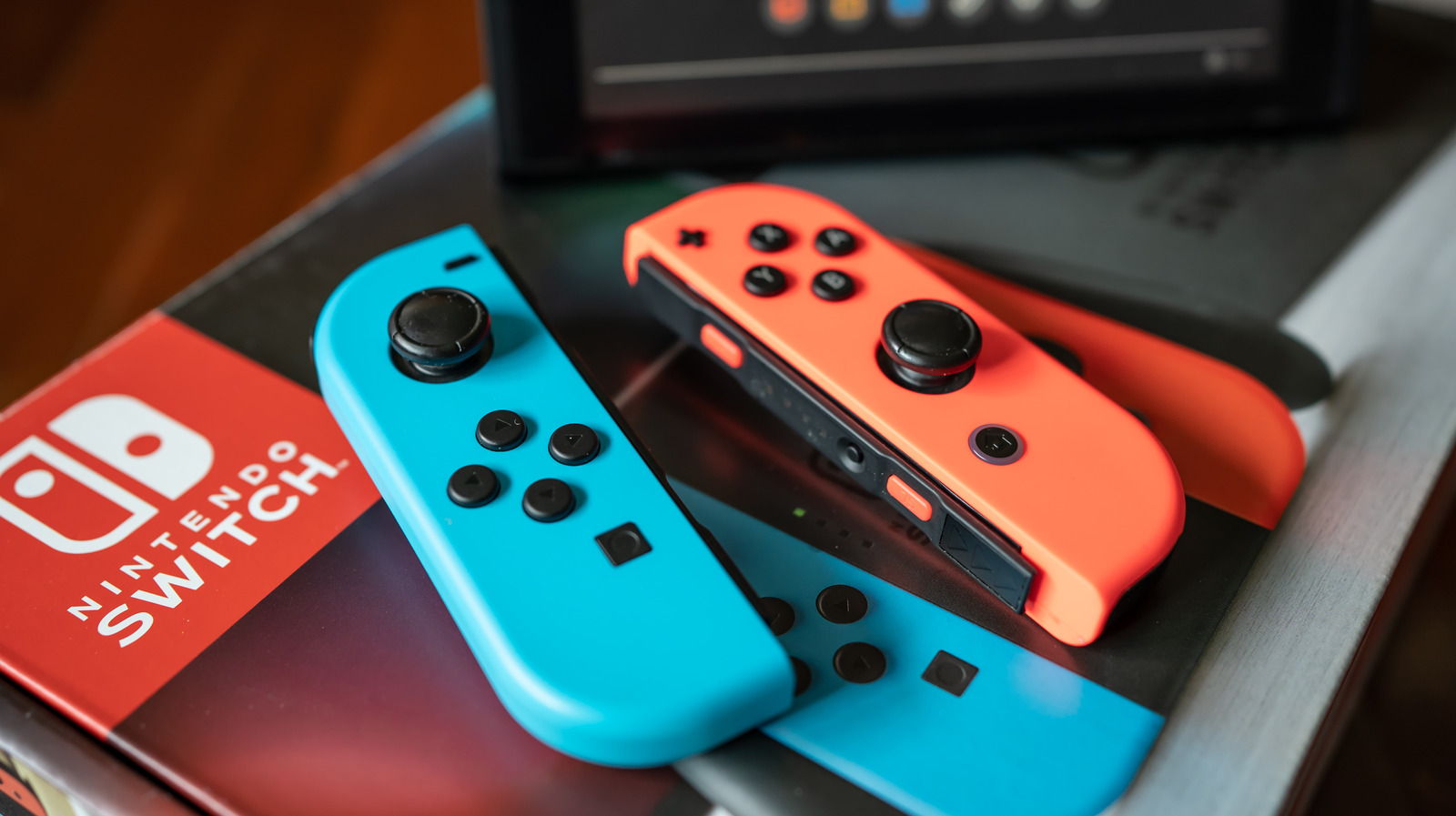How Nintendo Switch’s Controllers Track Movement – SlashGear

The first and most obvious movement-related feature in the Joy-Cons is, of course, motion controls. The Joy-Cons aren’t Nintendo’s first rodeo in the motion control pen — anyone who’s been around for long enough remembers the success of the Nintendo Wii and its waggling Wii Remote. The Joy-Cons possess similar tech to the Wii Remote, albeit to a more advanced degree.
The Joy-Cons’ motion control setup is made up of two primary components- a gyro sensor and an accelerometer. The gyro sensor detects the orientation of the controller, whether you’re holding it vertically, horizontally, upside-down, and so on. The accelerometer, meanwhile, detects physical movement. As you wiggle, swing, or sway the controller, the accelerometer picks up the speed and intensity of the movement. With these two systems working in tandem, a Joy-Con can detect when it’s being swung, the direction it’s being swung in, and how hard it’s being swung. Each individual Joy-Con possesses these systems, which is how you can have a pair of them detecting motion inputs independently of one another.
While it’s not necessarily a matter of motion input, we should also mention the Joy-Cons’ HD rumble, which allows it to produce subtle, tailored haptic feedback depending on what’s happening in a game. Alongside the movement-detection systems, you could swing a Joy-Con like a sword, and through the HD rumble, feel it realistically clang against a hard surface.
For all the latest Gaming News Click Here
For the latest news and updates, follow us on Google News.

